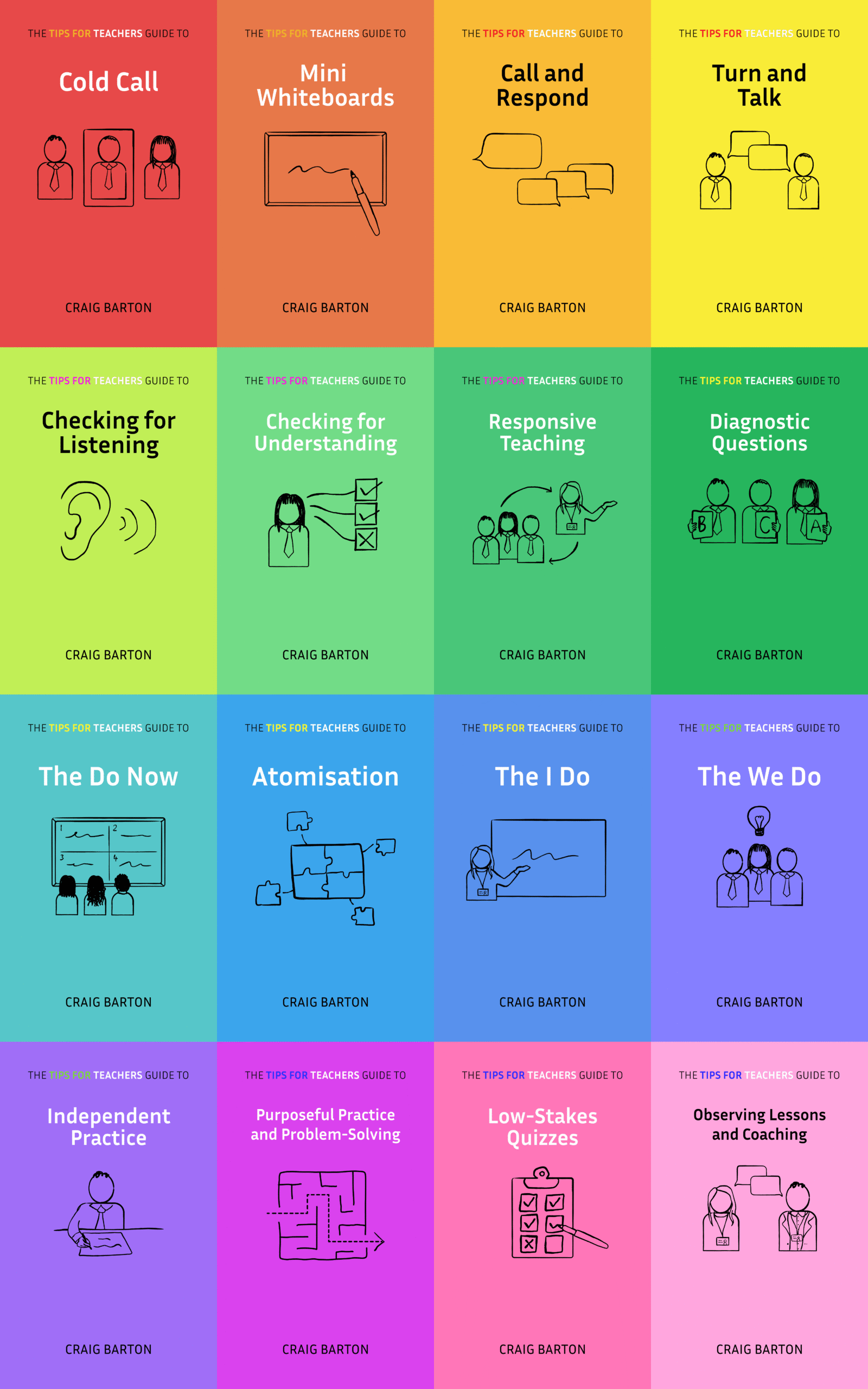
- Title: Cognitive load theory and the effects of transient information on the modality effect
- Authors: Leahy and Sweller
- Access the original paper here
- Listen to a deep-dive podcast:
Paper summary
This study examines the impact of different instructional modalities on cognitive load and learning, specifically focusing on the modality effect and the transient information effect. The authors investigated whether presenting information visually or audio-visually would influence learning outcomes when learners are interpreting contour maps. The research found that longer, complex auditory information imposed a heavy cognitive load, leading to a reversal of the modality effect (visual-only presentations were better). However, when the auditory information was shorter and simpler, a traditional modality effect emerged (audio-visual presentations were better). The study highlights the importance of considering cognitive load when designing multimedia learning materials and emphasizes the need to carefully choose appropriate modalities for different levels of complexity and length of information.
What are the key implications for teachers in the classroom?
- Audio-visual presentations can be very effective teaching tools, but teachers should be aware of the limitations. While visual materials like diagrams are helpful, presenting long and complex verbal information in spoken format can overwhelm students’ working memory, leading to poorer learning outcomes than using written text. This is due to the transient nature of spoken information. Students cannot easily revisit and process the information as they can with written text.
- Teachers should consider the complexity and length of verbal information when deciding whether to use an audio-visual or visual-only format. For simple and short verbal instructions, an audio-visual format is likely beneficial. However, as the information becomes more complex and lengthy, a visual-only format with written text may be more effective.
- It’s important to consider student expertise when designing instructional materials. Students with more experience and knowledge may be better able to process complex auditory information. Teachers should adjust the format and complexity of their presentations based on their students’ abilities and prior knowledge.
- The transient information effect, which describes the challenges of processing transient information like audio, is a valuable concept for teachers to understand. By recognizing the limitations of working memory when processing spoken information, teachers can make informed decisions about how to present information effectively.
- Teachers should be cautious about using instructional technology solely to transform permanent information into transient information. While technology can enhance learning, it’s essential to use it strategically and avoid overwhelming students with too much transient information.
- Sentence length can be used as an indicator of element interactivity. Element interactivity refers to the number of elements that need to be processed simultaneously in working memory. Longer sentences often indicate higher element interactivity, which can increase cognitive load. Teachers should aim for clear and concise language to minimize cognitive load, especially when presenting information verbally.
These implications, derived from cognitive load theory and research on the modality and transient information effects, provide teachers with evidence-based strategies for improving instructional design and maximizing student learning.
Quote
Our results suggest that when dealing with multiple sources of information that refer to each other and cannot be understood in isolation, presenting the information in an audio-visual format is likely to be beneficial providing that verbal information is relatively simple and short. As verbal information increases in complexity and length, the advantage of audio-visual information decreases and eventually reverses. At that point verbal information should be presented in written form








